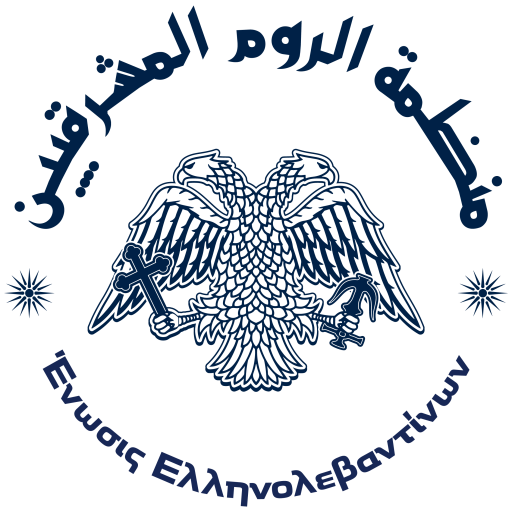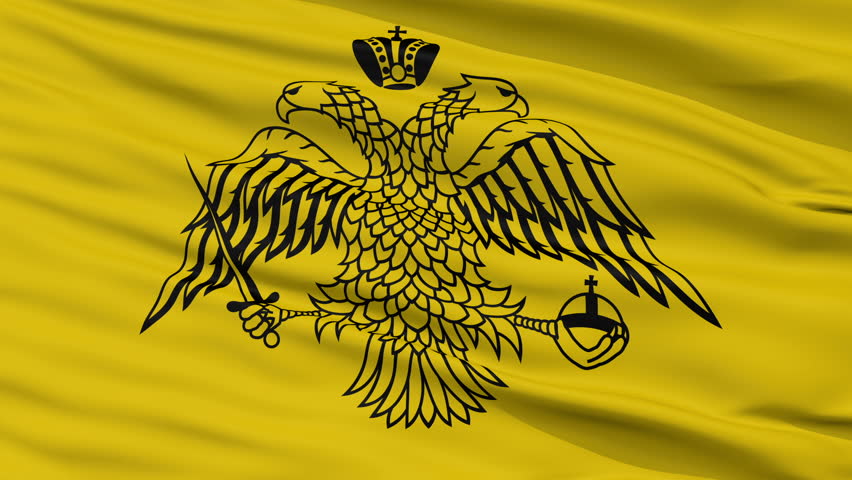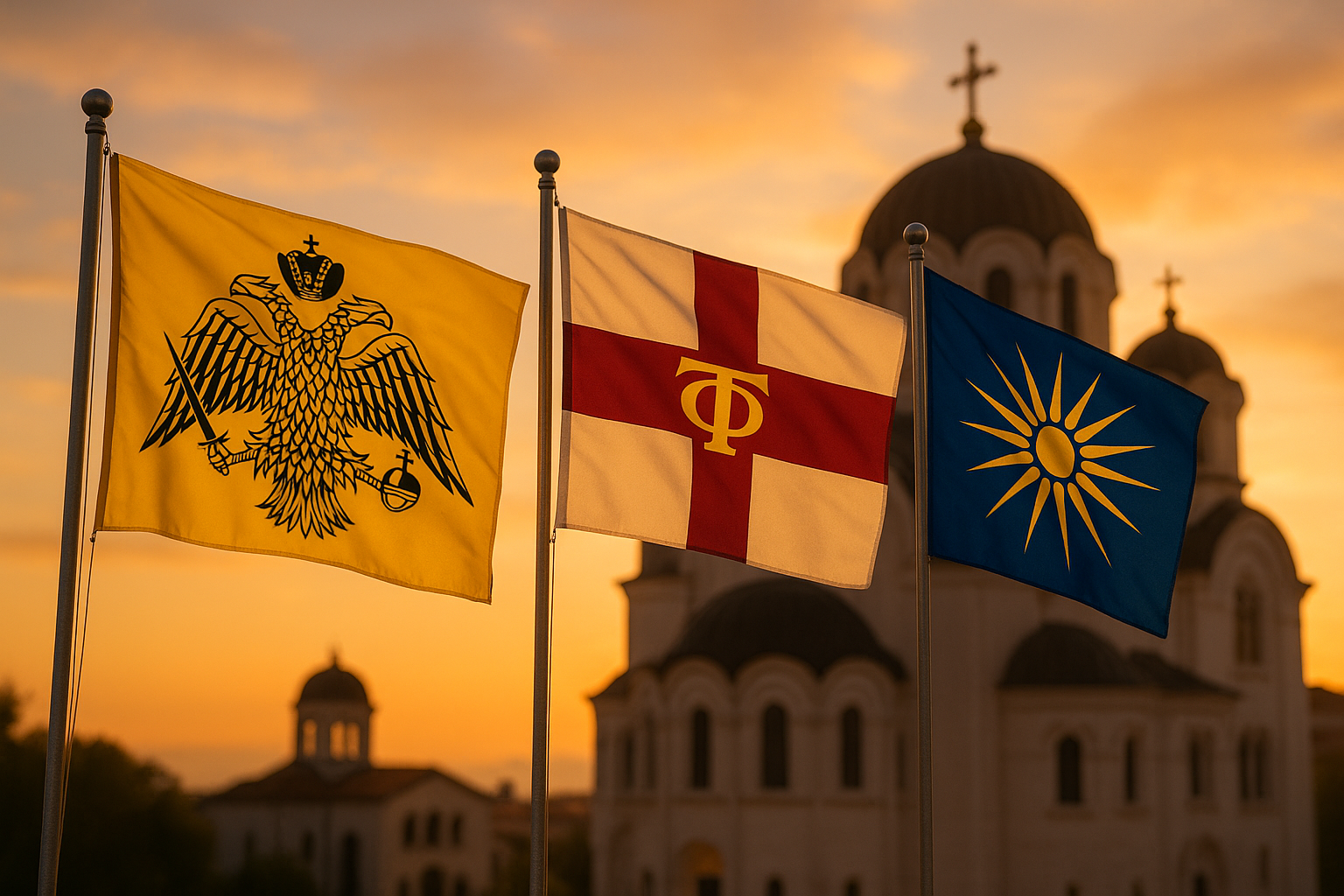The Levantine Greek Association. Est. 2015 is a registered NGO in Europe with its base in Stockholm Sweden.

Meet our founder
The founder of the Levantine Greek Association Rafael Issa is a Levantine born GO, founder and CEO of a tech-company in Europe.
Our Mission
Our mission is to unite the ethnic Greeks in the Levant under a cultural movement with aim to preserve our history, identity and culture in the Levant and protect our community’s civil liberties

Join Our Association
Become an official LGA member today.
Frequently Asked Questions
Why are we called ‘Rum’ in the Near East? Are Levantine-Rum ethnic Arabs? What does ‘Rum’ even mean? Click here for our answers.


Our Heritage and Identity
Levantine Greeks, also known as Levantine Rum or simply Rum, are an indigenous ethnic group native to the Levant. We share a common culture, and traditions rooted in the Byzantine-Rite Christian faith. Our ancestry can be traced back to the native Greek-speaking Chalcedonian Christians who remained part of the Roman Church following the Council of Chalcedon in 451 AD.